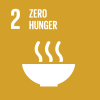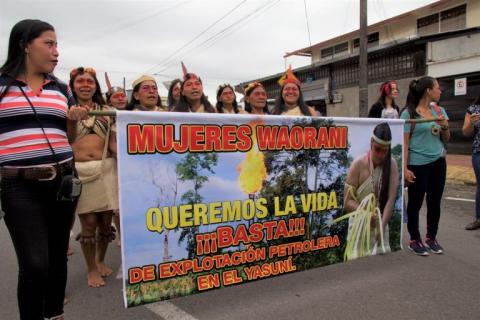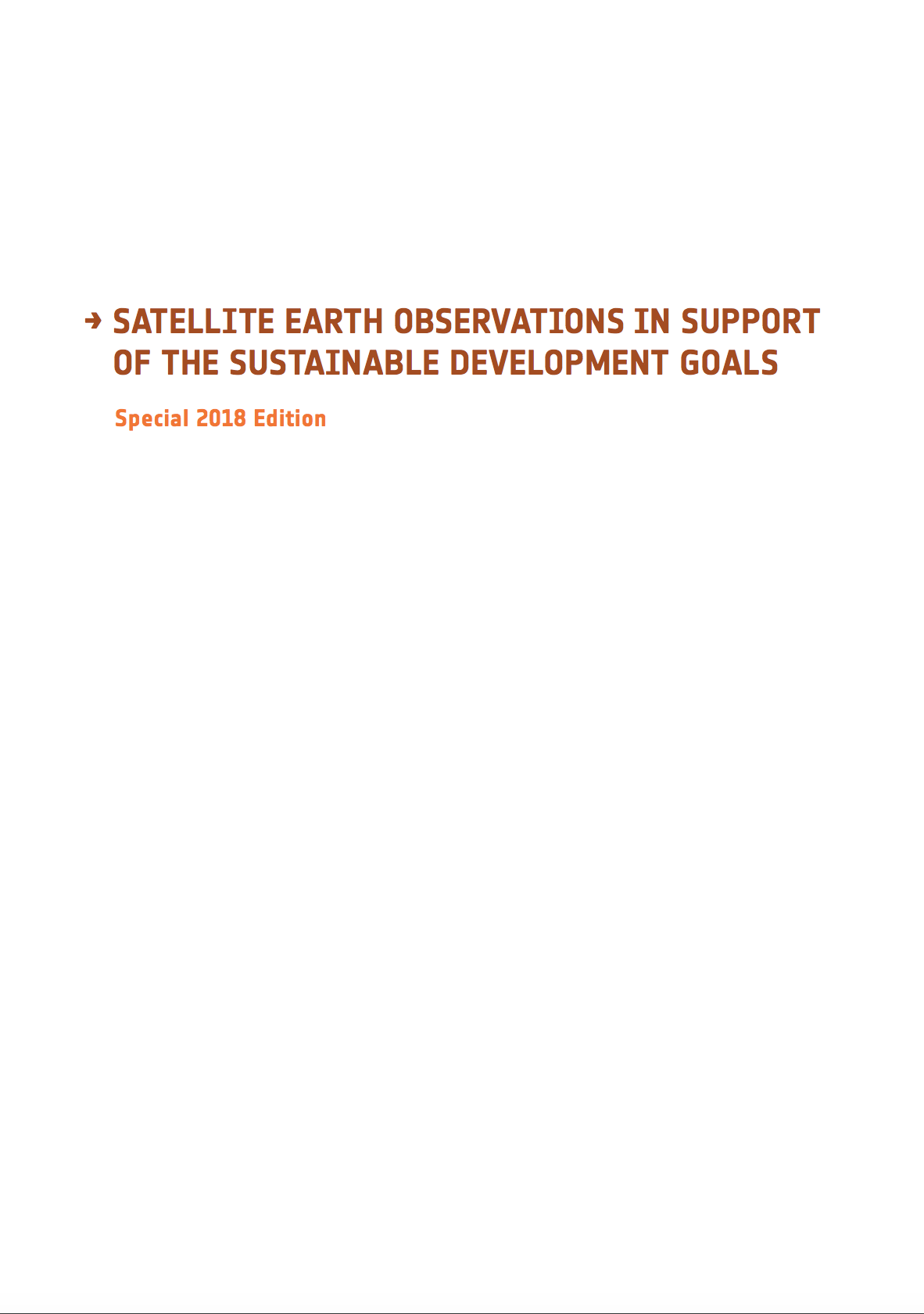
Proportion of agricultural area under productive and sustainable agriculture
Last updated on 1 February 2022
This indicator is currently classified as Tier II. The Food and Agriculture Organization of the United Nations (FAO) is the Custodian agency for this indicator.
Unit of measure: The indicator is unitless, expressing a ratio between area under sustainable and productive agriculture and total agricultural land area (%).
Why is this indicator important?
Harmful, unsustainable agricultural practices from extractive industries, large-scale agricultural producers, and peasants can pose significant risks to people and the environment. While sustainable agriculture was mainly defined by environmental criteria in the past, its economic and social dimension as come to the fore. A farm can only be sustainable if it is well managed and the well-being of those working at the farm is taken into consideration.
The indicator was developed through a multi-stakeholder process to ensure capturing the complex nature of sustainable agriculture.
How is the indicator measured and monitored?
The indicator’s scope centers around the agricultural land area of a farm holding including, extensive crop and livestock production systems, subsistence agriculture, agro-forestry, and aquaculture that takes place within the agricultural land area. Excluded are state and common land that is not used exclusively by farm holdings, pastoral pastures, backyard farming, forestry and aquaculture holdings. Agricultural area is defined as arable land plus land under permanent crops, meadows, and pastures.
The methodology was endorsed in late 2019, including both national farm surveys as a single data collection instrument as well as multi-dimensional data sources. According to the metadata document, data is collected through agricultural surveys or as integrated modules in already existing household surveys (e.g., AGRISurvey and the 50x2030 initiative) organized by national statistical agencies, with support from the Food and Agriculture Organization of the United Nations (FAO) and other international agencies. In addition, sensing, GIS, administrative data, or environmental monitoring systems were further identified as cost-effective instruments.
FAO, together with the Global Strategy to improve Agriculture and Rural Statistics (GSARS), have developed the capacity development material necessary for this indicator, such as a methodological guide, an enumerator manual, calculation document and an e-learning course.
By Anne Hennings, peer-reviewed by FAO.
Other related indicators on Land Portal
As official data is not yet available, the following indicators provide information concerning land area that is under certified organic use or in conversion.
| Indicator | Min-Max Number of years |
Countries / Obs | Min / Max Value |
|---|---|---|---|
| Agricultural area certified organic | |||
| Agricultural area in conversion to organic | |||
| Agricultural land | |||
| Arable Land | |||
| Arable land area certified organic | |||
| Arable land area in conversion to organic | |||
| Arable land organic, total | |||
| Land under perm. meadows and pastures | |||
| Land under permanent crops |
Lesotho and IFAD Address the Rural Economy and Sustainable Agriculture
The Kingdom of Lesotho recently signed on to the International Fund for Agricultural Development’s (IFAD) extension of the Smallholder Agriculture Development Project (SADP) to improve the livelihoods of vulnerable small-scale farmers. SADP II, the project’s second phase, targets youth and women to build the rural economy and sustainable farming.
Food Security Today Is Not Just For Local Population, But For the Globe: Minister Rania Al Mashat
Egypt’s Minister of International Cooperation Dr. Rania Al Mashat joined a high level virtual panel on the significance of international developmental cooperation to face the implications of the coronavirus pandemic on the agricultural sector and food security.
Seeds of inequality: women in sustainable agriculture
Control over land management may be more important than mere legal entitlement when it comes to women’s land rights
How to Produce Forest-Friendly Chocolate
Sougue Kadjatou is a 45-year-old farmer who lives with her husband and two children in Agboville, a village in Côte d’Ivoire. Her cocoa plantation, where she works every day from morning until early afternoon, is a forty minute walk from the village. “I’m glad they told me to plant banana and timber trees in my cocoa plantation,” she says. “It’s good to plant various trees. The bananas give me something to eat and sell, whereas the timber is a friend of the cocoa. Gives it shade.
Pagination
- Page 1
- Next page next ›
Metadata on SDGs Indicator 2.4.1
Indicator 2.4.1: Proportion of agricultural area under productive and sustainable agriculture
Legislative approaches to sustainable agriculture and natural resources governance
Influenced by international trends, as well as in response to population, climate, resource and development needs, the standards, norms, mechanisms and incentives in natural resources law at the national level have evolved in recent years.
Assessment of the growth in social groups for sustainable agriculture and land management
Non-technical summaryUntil the past half-century, all agriculture and land management was framed by local institutions strong in social capital. But neoliberal forms of development came to undermine existing structures, thus reducing sustainability and equity. The past 20 years, though, have seen the deliberate establishment of more than 8 million new social groups across the world.
Integrated farm management for sustainable agriculture: Lessons for knowledge exchange and policy
As a response to the environmentally and socially destructive practices of post-war mechanization and intensification, the concept of sustainable agriculture has become prominent in research, policy, and practice. Sustainable agriculture aims to balance the economic, environmental, and social aspects of farming, creating a resilient farming system in the long-term.
Satellite Earth Observations in Support Of The Sustainable Development Goals
This Handbook aims to explain how satellite Earth Observation (EO) are an essential tool in the development of the information and evidence required by many of the SDG Targets and Indicators.It has been prepared for national agencies, UN bodies and other SDG stakeholders working towards a collective implementation of the 2030 Agenda and towards a cost-effective response of countries to the SDG
Pagination
![]()

By 2030, ensure sustainable food production systems and implement resilient agricultural practices that increase productivity and production, that help maintain ecosystems, that strengthen capacity for adaptation to climate change, extreme weather, drought, flooding and other disasters and that progressively improve land and soil quality
Indicator details
The indicator is conceptually clear, has an internationally established methodology and standards are available, but data is not regularly produced by countries.
Key dates:
FAO Expert meeting for SDG indicator 2.4.1
This workshop brought together technical experts and statisticians to support the methodological work being conducted for SDG indicator 2.4.1.








